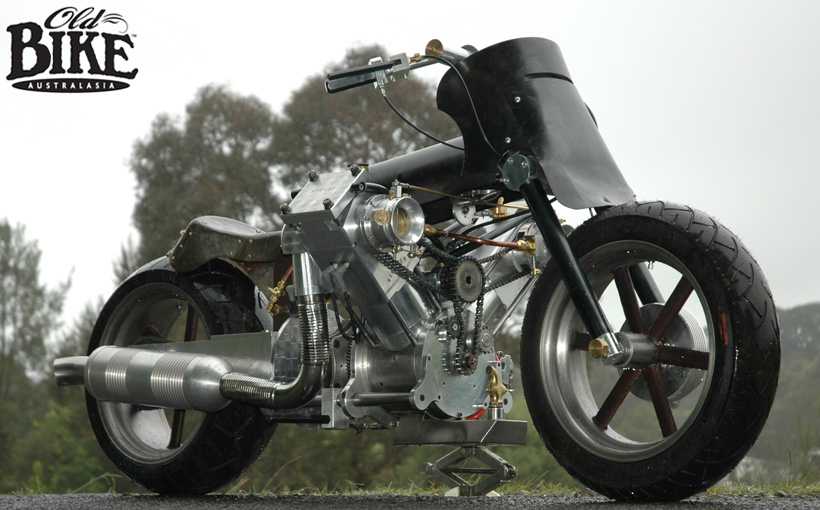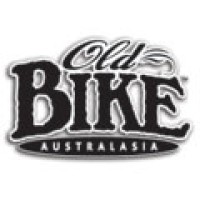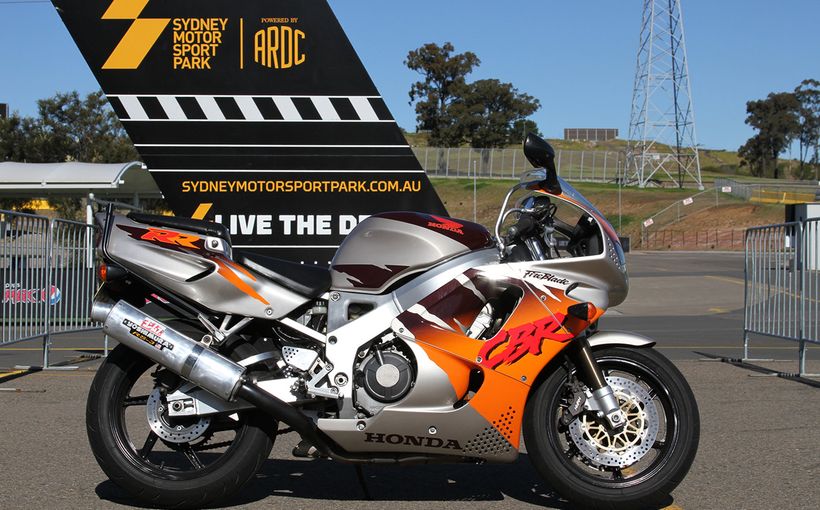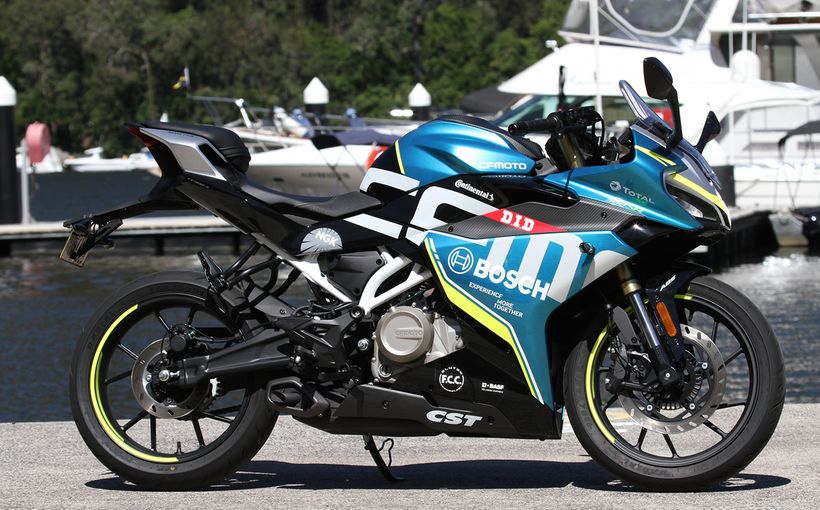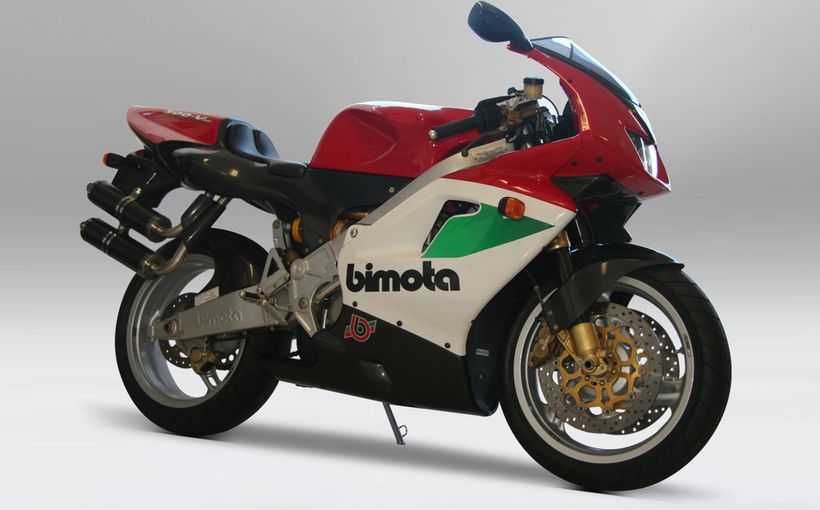Old Bikes Australasia: Big Ned - The Ultimate Street Fighter

“I’ve never had a job. I just work on motorbikes.” This is a somewhat curious statement from a somewhat complex man. Mark Walker, by his own admission, has been around motorcycles all his life. A very short racing career convinced him that his talents lay elsewhere, in devising and creating all manner of engineering masterpieces, which is in itself curious, for Mark is dyslexic and has little formal education. Yet he can make a lathe talk, he can unravel any sort of engineering formulae, and he is not afraid to push the envelope to the extreme. Mark recalls being fascinated by the lathe in the workshop at Max Evans’ Caringbah Motorcycles in Sydney’s southern suburbs, which he used to frequent during his early teens. “I didn’t know what a lathe was, but I said to my mother that I had to have one. She borrowed my brother’s brand new Ford Zephyr ute and bought one from a place in Glebe, from an old bloke who was going into a retirement home. It almost broke his heart to part with it, but he ended up giving me more and more stuff for it. He was crying when we left with it.”

Mark bought a 350cc Competition Matchless that had been lying around Max’s shop, assembled it and rode it on the road and then did some racing with it. Those who were around racetracks in the 1960s will recall the mercurial talents of Geoff Lucas, a young man who shot to A grade status almost overnight and proved himself one of the very few riders capable of tackling, and toppling, the stars of the day like Ron Toombs, Jack Ahearn and Len Atlee. Lucas’ mount was the big Triumph twin built by Mark Walker, a fire-breathing device that was tamed somewhat by the addition of a frame built by Brian Payne in Queensland. Much of the engine’s internals, such as pistons, rods, and valves were made at Mark’s factory in Kirrawee, and it sure was quick, particularly in Lucas’ hands. Geoff seemed to disappear as quickly as he had arrived, and Mark also began his peripatetic ways that has seen him in residence in many far-flung locations in NSW. Despite the remoteness of some of these spots he has managed to construct some incredible machines, including his famous drag bike in which everything except the tyres and chains is self built.
It was while he was in residence at Kempsey, on the NSW north coast, that he fitted out a site container as a workshop and began to draw up his ultimate machine; of a category that is today somewhat crudely referred to a ‘Street Fighter’. He started with a clean sheet of paper and an open mind. At this point it is timely to introduce his companion, a delightful Finnish/Australian lady named Lynne, who is Mark’s contact with the written world. Lynne is highly creative in her own right, silversmithing, designing and manufacturing jewellery and small boxes. The character of Big Ned was inspired by a visit by Lynne and Mark to an art exhibition by Sidney Nolan in Canberra featuring his portrayals of Ned Kelly. Thus Big Ned was conceived in a dark metal container, and uncountable thousands of hours later, is a running, roaring, reality.

Upon stepping into Mark’s modest workspace, which would be large enough to get a small car in if you took everything else out, your vision is transfixed upon a motorcycle that looks like it wants to head-butt you. Never before have I seen such an aggressive façade on a machine, yet behind the snarl lurks engineering that is both innovative and aesthetically engrossing. It would be hard for a 3,000cc, rotary-valve head, nitro-fuel-injected V- twin to be anything other than engrossing.
The gargantuan engine is obviously the centrepiece of Big Ned. Great lumps of metal, chains and hoses, it hangs out the sides to utterly dominate proceedings exactly like a motor scooter doesn’t, and it began as a section of steel pipe – 12 inch pipe that is. This forms the main crankcase, with 2-inch thick aluminium plates, turned from solid 7000 grade (as is all other alloy works on the engine) forming the drive and timing side crankcase halves. These plates, which hold the main bearings, are secured to the steel by embedded bolts. The engine’s internal dimensions are pretty straightforward – five-inch bore and a five-inch stroke. The rods are made from solid plate 7000 aluminium, and run straight onto the crankshaft with no bearings. Pistons are also turned from solid and run straight in the fin-less alloy barrels – no sleeves, no plating. Atop the barrels sits the most intriguing part of the whole engine, the rotary valve heads, which gulp massive doses of nitro through equally massive fuel injectors. Crowning the stack is what looks like a square lump of aluminium, about one inch thick, but this is a vitally important component in the efficiency of the valve. On the underside of this plate is a milled slot, into which sits a steel sleeve (which Mark calls a Reaction Beam), which mates with its opposite number in the head itself. The purpose is to combat the considerable torque forces created by the engine by allowing the top end to rock very slightly around this pivot point. The barrel itself is spring-loaded at the crankcase end, and the entire structure (cylinder, both halves of the head, and top cover) through-bolted. It allows the valve to be self-sealing, always the most crucial element of the design. The wet sump is filled via an ordinary garden tap, which looks strangely out of place amongst the precision components.

Firing the engine is a 50-year-old Scintilla magneto, which came from a four-cylinder stationary engine. Bolted to the back of the engine is the final drive housing, comprising 100 mm bevel gears on bearings to form a crown and pinion with driving sprockets on both ends to run twin rear chains. The clutch is a British-made Puma, fitted with sintered bronze plates originally from a fork lift truck. Countershaft weights spin outwards to engage the clutch once the engine is running. Exhaust pipes are flexible stainless steel with the mufflers made from Redline extruded aluminium fire extinguisher canisters.
So that’s the motive power, what about the chassis? Actually, there isn’t much of a chassis to speak of, just a huge rectangular section beam that doubles as the fuel tank and holds the steering head. Substantial round steel tubes run from the frame to the cylinder heads. Mark made the 17” wheels from steel car rims, which he cut in half and re-welded, with oval-section ‘spokes’ which have neat little leather jackets around them. The front brake drum is machined from an oxy cylinder with the shoes running straight onto the aluminium. The rear wheel is supported between two enormous aluminium plates and like the front, is un-suspended.

“There’s a lot of time, and a lot of crime in this,” says Mark with a hearty laugh. “ The last crime I am fixing is to put a bearing in the end of the camshaft drive to stop it loading the valve. The bearing can’t be attached to any of this (the valve housing) so I will have to make an outrigger. If I want to ride it, I’ve got to do it!” Riding is something you wouldn’t be able to do for any great length of time, as the seat is made from sheet metal and is completely devoid of upholstery.

So far, Big Ned has only made one public appearance, at the annual Gold Coast Bike Week. Part of the proceedings was the first Australian round of the AMD World Championship of Custom Bike Building. “We were keen to debut Ned in this arena after following it, “ explains Lynne, “ but the next chapter for Ned will unfold in time. “ Even standing still, Big Ned is a jaw-dropping sight and a remarkable engineering achievement from an even more remarkable concept in the first place. Lynne says Ned is Mark’s ‘reason for getting up in the morning – the purpose in his day.’ “It’s all pretty straightforward really,” says Mark with typical modesty. Sure it is, like the Snowy Mountains Scheme and the Sydney Opera House.
Protect your Big Ned. Call Shannons Insurance on 13 46 46 to get a quote today.

